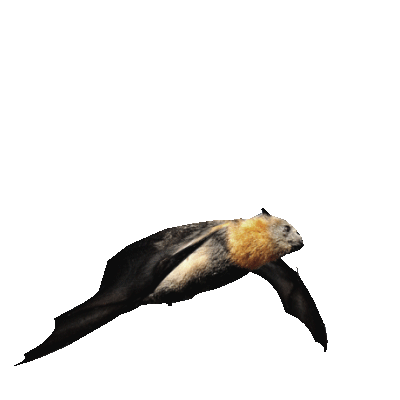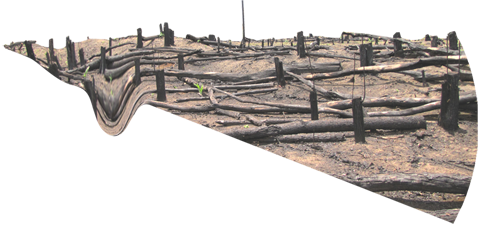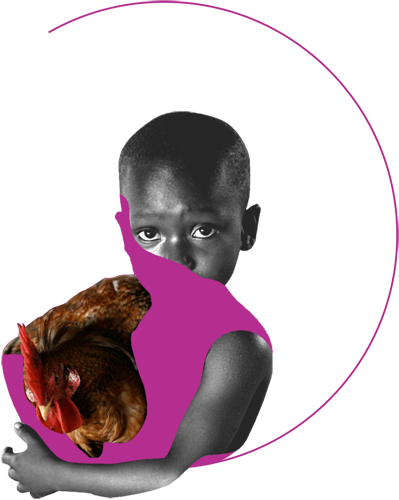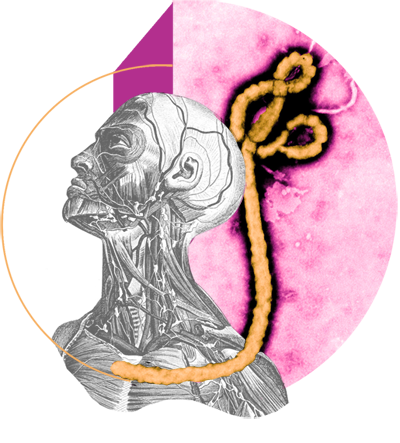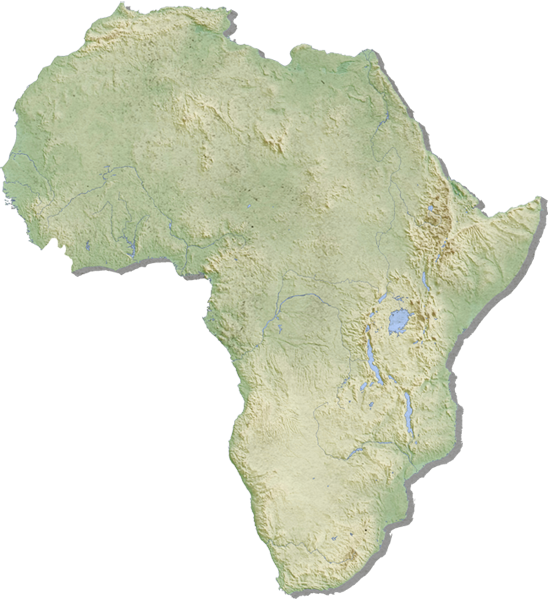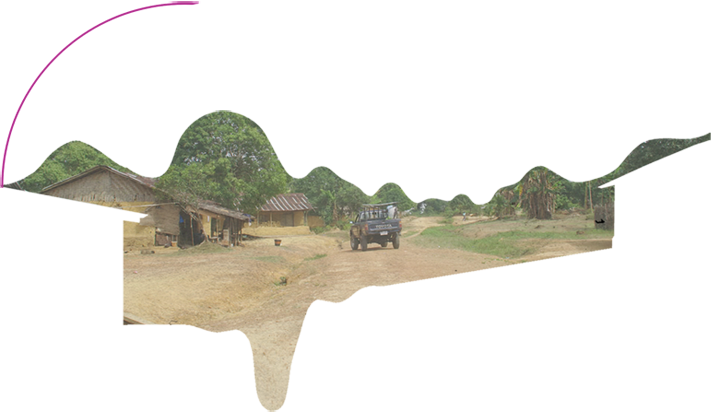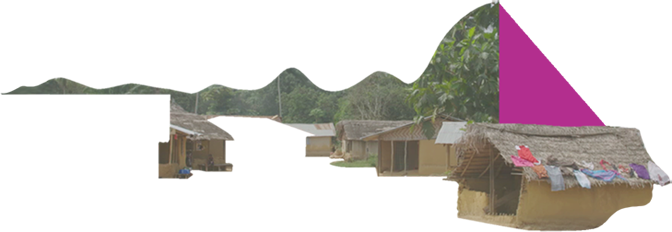Mawah
When Ebola Came to Our Village
Scroll
It is summer 2014 and the Ebola outbreak reaches its peak in West Africa. In the capitals of Liberia, Guinea and Sierra Leone, chaos reigns.
The Centers for Disease Control shocks the world with a prediction: There will be more than a million Ebola deaths if nothing stops the virus’ uncontrolled spread. There aren't enough treatment centers and still, the countries affected by the outbreak play down the risk. They fear economic collapse. Far too late, the World Health Organization declares the Ebola epidemic an international health emergency. World leaders are starting to act only once the virus has reached the United States and Europe. There is a sense of panic.
Epidemics have to be fought early and decisively to prevent chaos and death. But the world lost precious time in the initial spread of the virus. As a consequence more than 11,000 people have died. To be able to respond faster to the next outbreak, we must understand what has happened. What can we learn from those who were caught in the midst of the outbreak? What are their stories, their experiences and how can we apply this knowledge to be better prepared next time a contagious virus strikes?
This Ebola outbreak begins in a remote and rural corner of this world, far away from hospitals and the watchful eyes of health officials. It is December 2013. A small boy in the village of Meliandou in Guinea dies of a mysterious illness. Later scientists find a clue: the boy had come into contact with a fruit bat which was probably infected with Ebola. The boy’s village lies in a forested area close to the borders with Liberia and Sierra Leone.
From then on Ebola continues to spread. But nobody takes notice. Only three months later, on 25 March 2014, the outbreak is officially declared. Liberia reports its first deaths, followed by Sierra Leone. The number of new infections as well as deaths continue to rise.
By mid August the virus has made its way deep into the rural heart of Liberia. The remote village of Mawah is still untouched by Ebola. Mawah’s neat mud houses are set in a clearing in the midst of a thick forest. The rainy season is drawing to an end and the waters of the Saint Paul River, that curves around Mawah, are high.
Around 800 people live in Mawah. The community is close-knit. Everyone is bound by family ties or by friendship. Victoria Tagbayoung is part of this community. The 35-year-old is a midwife and speaker of the local women’s association. During these hot and humid days, life is like it has always been. Nobody in Mawah could imagine that something alien and invisible is about to tear their community apart.
What happened in Mawah?
Follow Victoria through her village to find out.
Click on Victoria


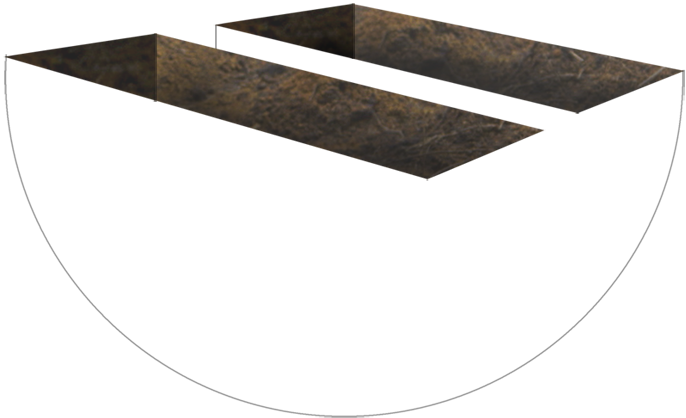
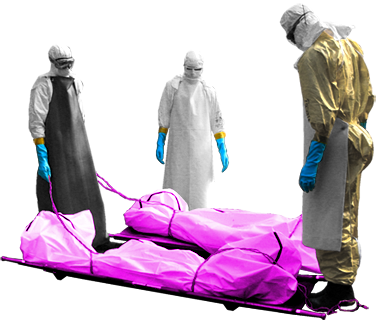
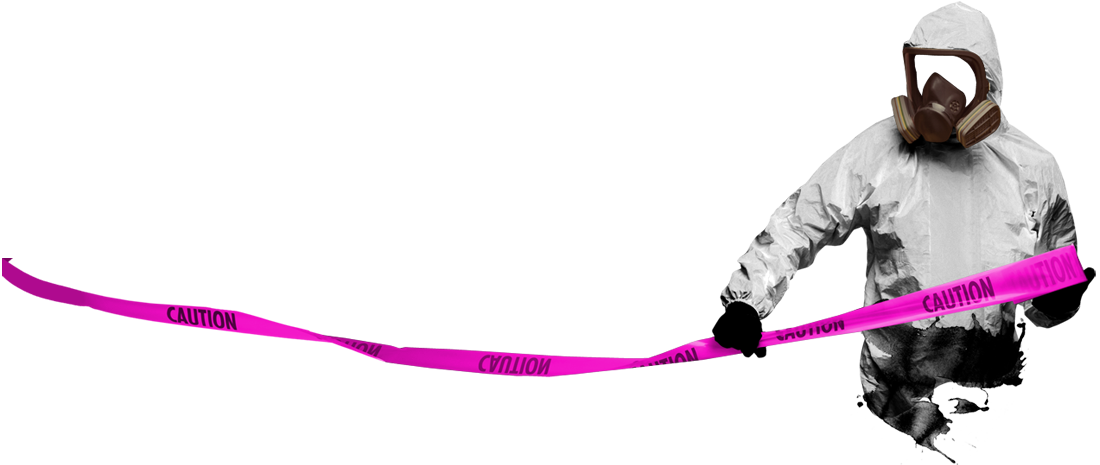
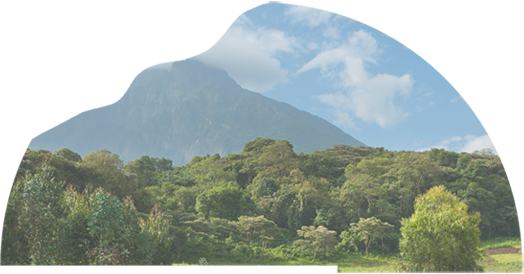
 -
-


